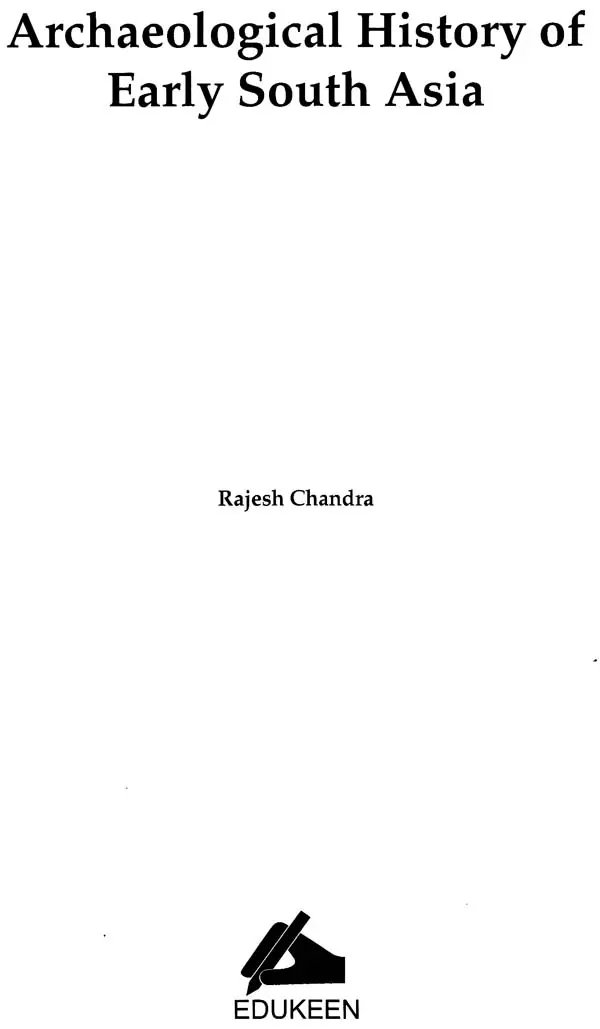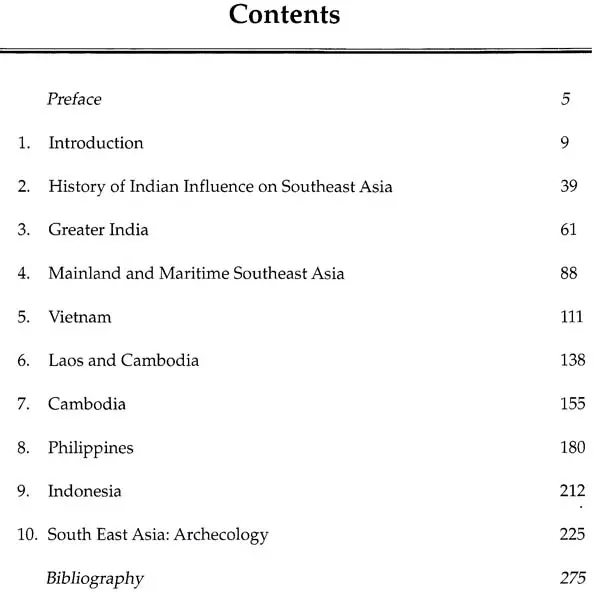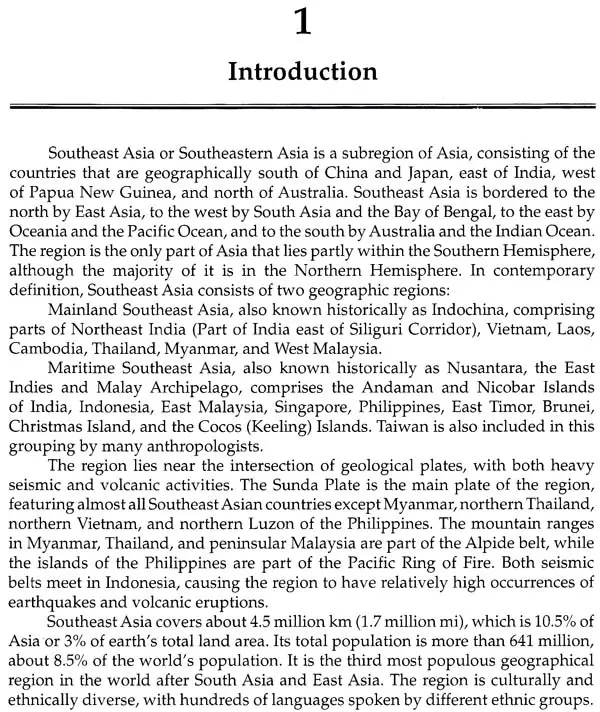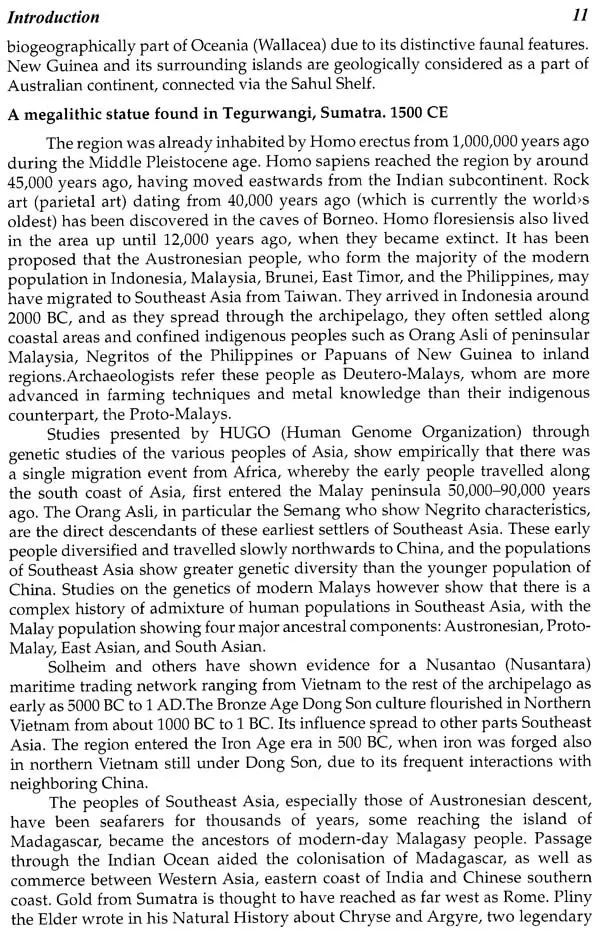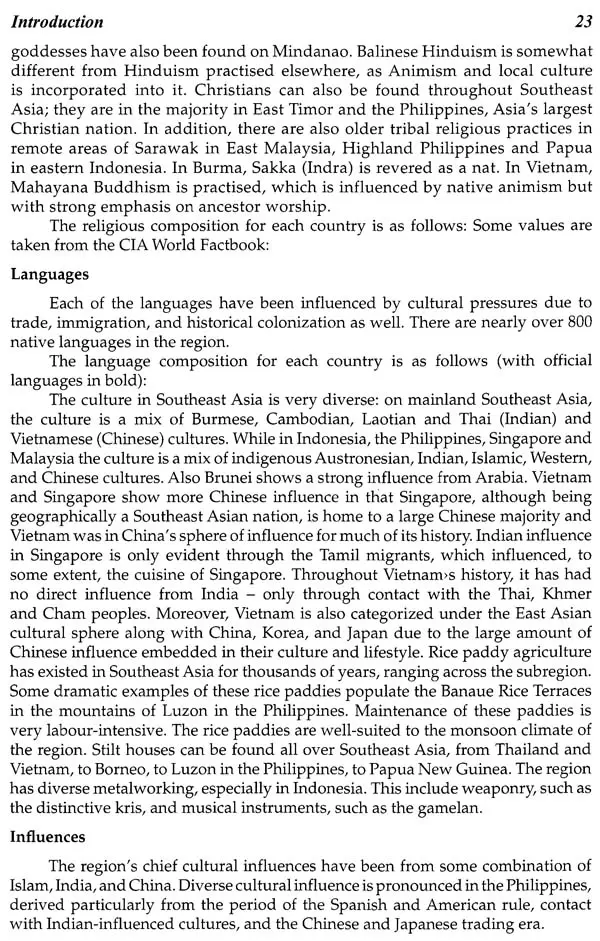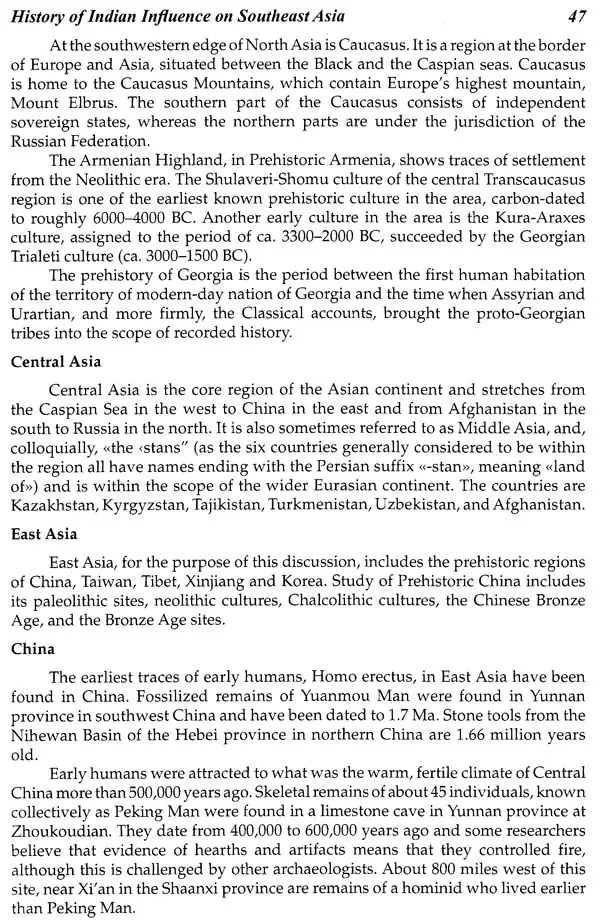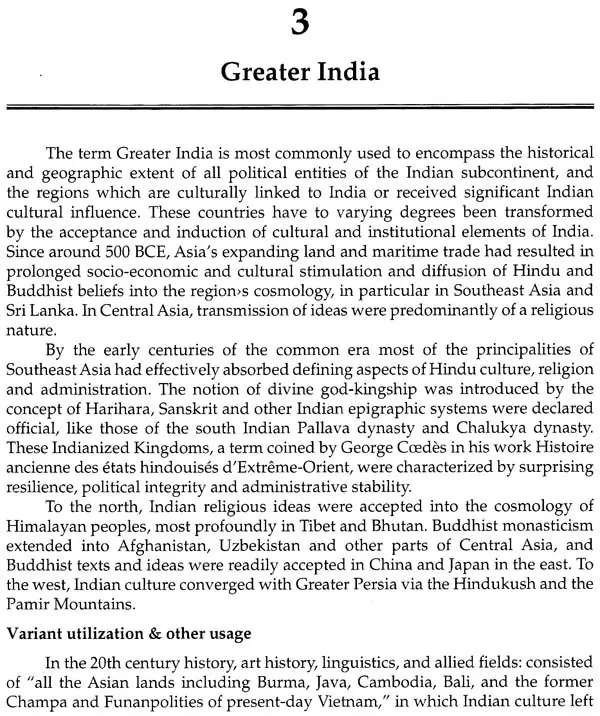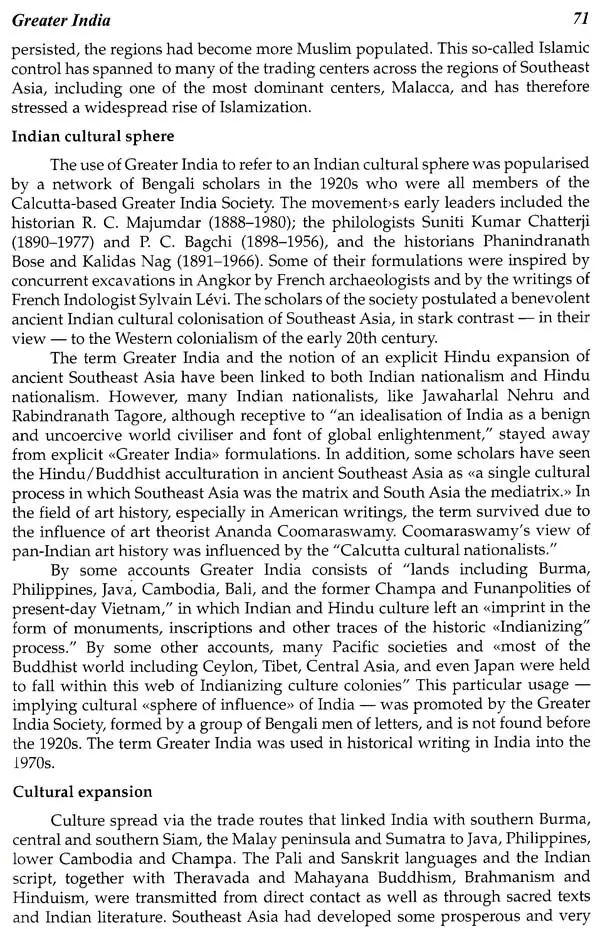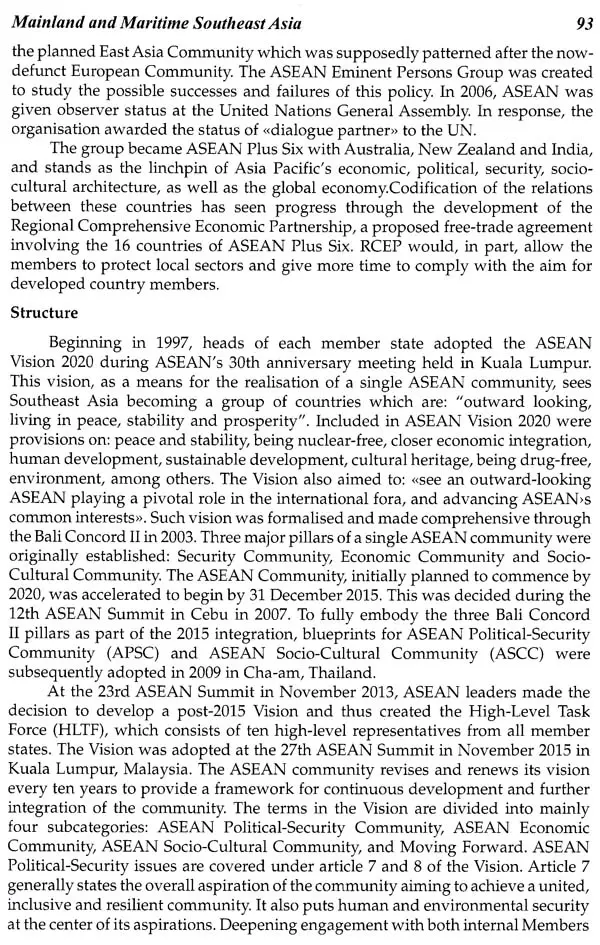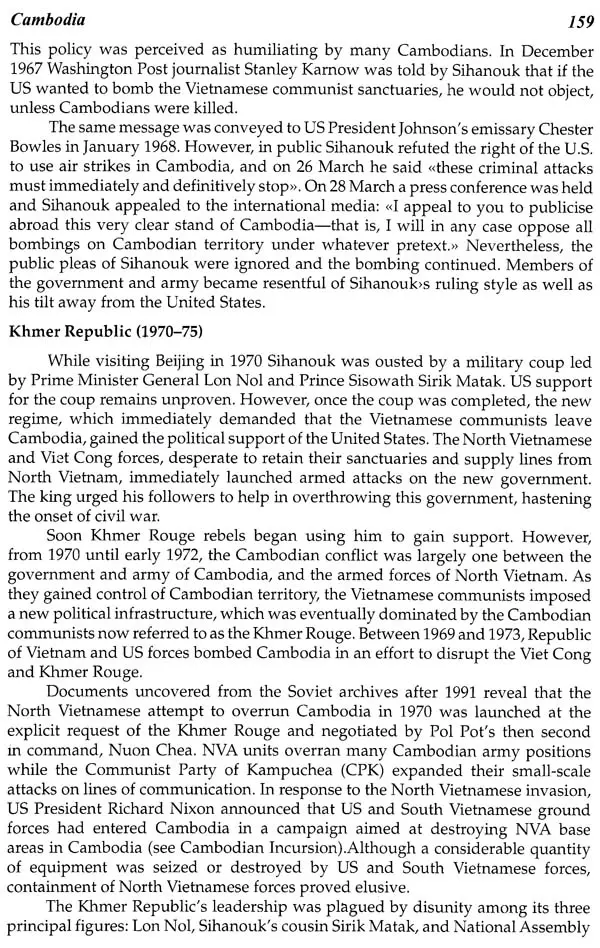
Archaeological History of Early South Asia
Book Specification
| Item Code: | UAR249 |
| Author: | Rajesh Chandra |
| Publisher: | Edukeen Publisher |
| Language: | English |
| Edition: | 2019 |
| ISBN: | 9788194205654 |
| Pages: | 276 |
| Cover: | HARDCOVER |
| Other Details | 9.50 X 6.50 inch |
| Weight | 570 gm |
Book Description
The history of Southeast Asia has been greatly influenced by its wide topographical diversity. Maritime Southeast Asia is apart from exceptions like Borneo and Sumatra a patchwork of recurring land-sea patterns on widely dispersed islands and archipelagos. A discontinuity, that admitted moderately sized thalassocratic states indifferent to territorial ambitions where growth and prosperity was associated with sea trade. Mainland Southeast Asia with a continuous, but rugged and difficult terrain provided the basis for the early Khmer and Mon civilisations. However, an extensive coastline and the south-and south eastbound major river systems of the Irrawaddy, Salween, Chao Phraya, Mekong, and Red River always have directed focus, local trade, socio cultural and economic activities towards the Indian Ocean and the South China Sea.
Rajesh Chandra has worked as a Professor of Medieval Indian History and Dean of Social Sciences in Prestigious University. He is also serving as the Secretary General of the many organizations. His works have been published in many books and journals.
The term Southeast Asia has been in use since World War II. The region has been further divided into two distinct sub-regions: Mainland Southeast Asia (or Indochina), which comprises the modern states of Vietnam, Laos, Cambodia, Thailand, Myanmar (Burma) and West Malaysia, and Maritime Southeast Asia (or Insular Southeast Asia), which comprises the modern states of Indonesia, East Malaysia, Singapore, Philippines, East Timor, Brunei, Cocos (Keeling) Islands, and Christmas Island. The earliest Homo sapiens presence in Mainland Southeast Asia can be traced back to 50,000 years ago and to at least 40,000 years ago in Maritime Southeast Asia. As early as 10,000 years ago, Hoabinhian settlers had developed a tradition and culture of distinct artefact and tool production. During the Neolithic, Austroasiatic peoples populated Indochina via land routes and sea borne Austronesian immigrants preferably settled in insular Southeast Asia. The earliest agricultural societies that cultivated millet and wet- rice emerged around 1,700 BCE in the lowlands and river floodplains of Indochina. The Phung Nguyen culture (modern northern Vietnam) and the Ban Chiang site (modern Thailand) account for the earliest use of copper by around 2,000 BCE, followed by the Dong Son culture, who by around 500 BCE had developed a highly sophisticated industry of bronze production and processing. Around the same time the first Agrarian Kingdoms emerged where territory was abundant and favourable, such as Funan at the lower Mekong and Van Lang in the Red River delta. Smaller and insular principalities increasingly engaged in and contributed to the rapidly expanding sea trade.
**Contents and Sample Pages**
